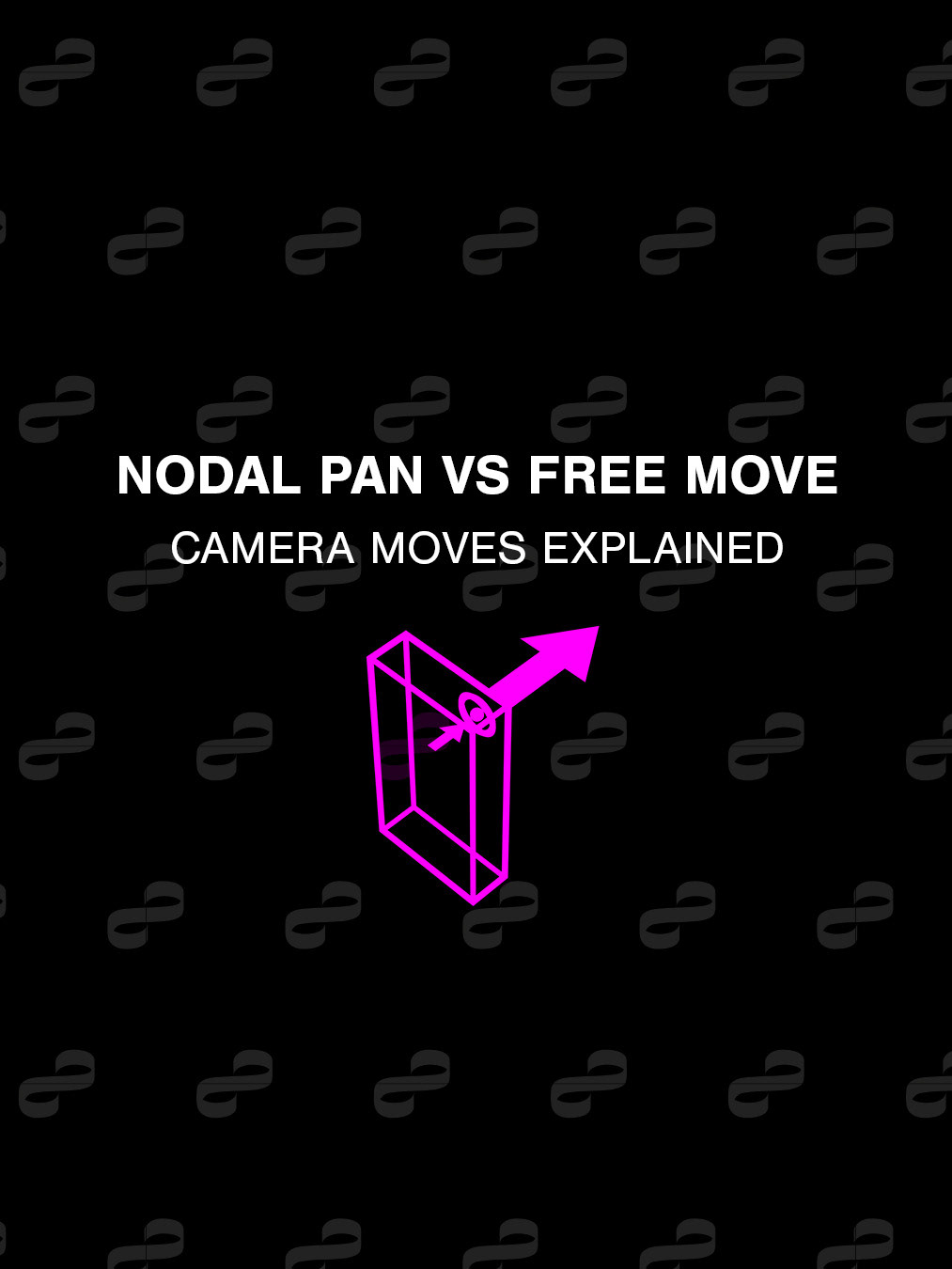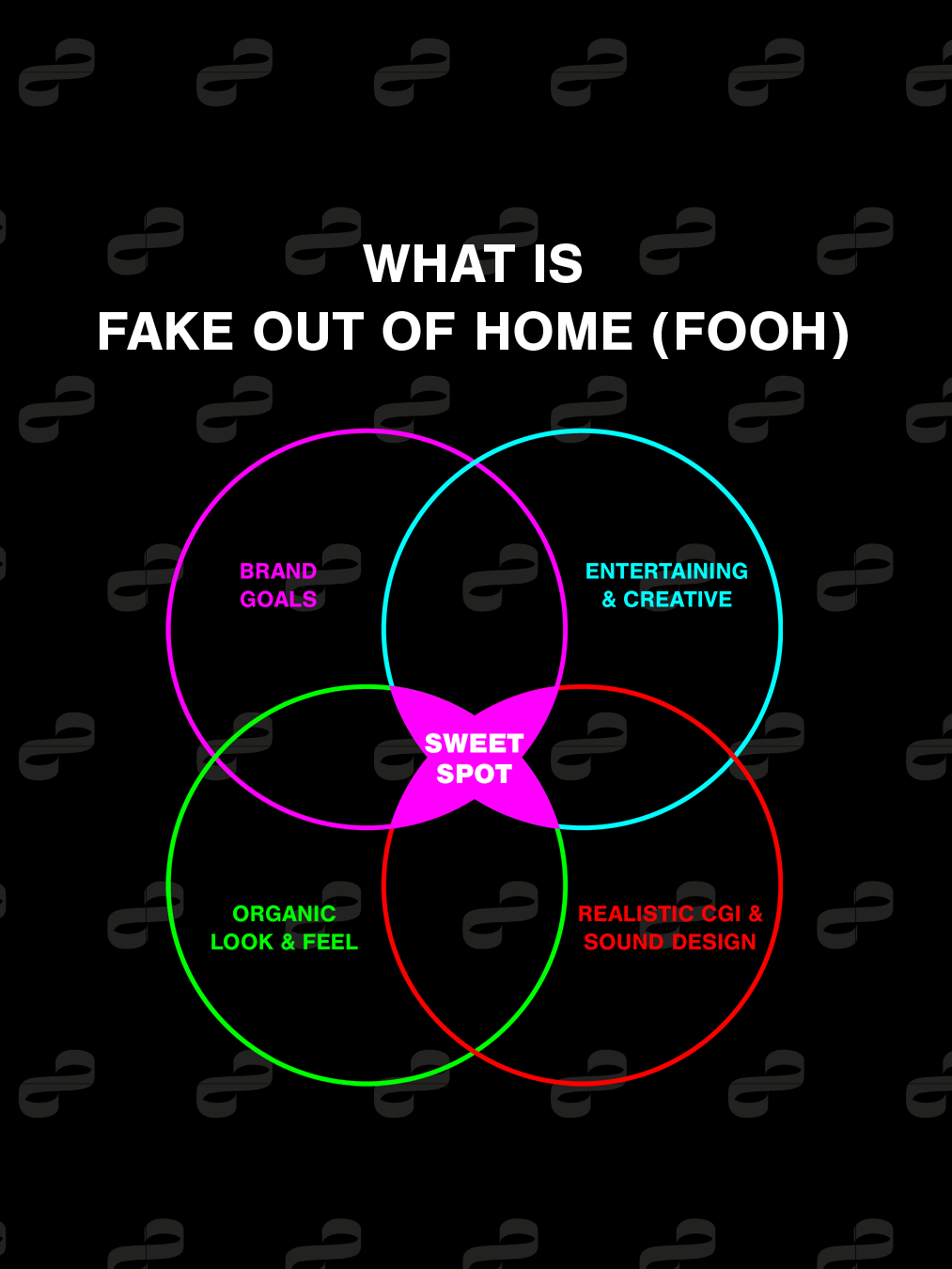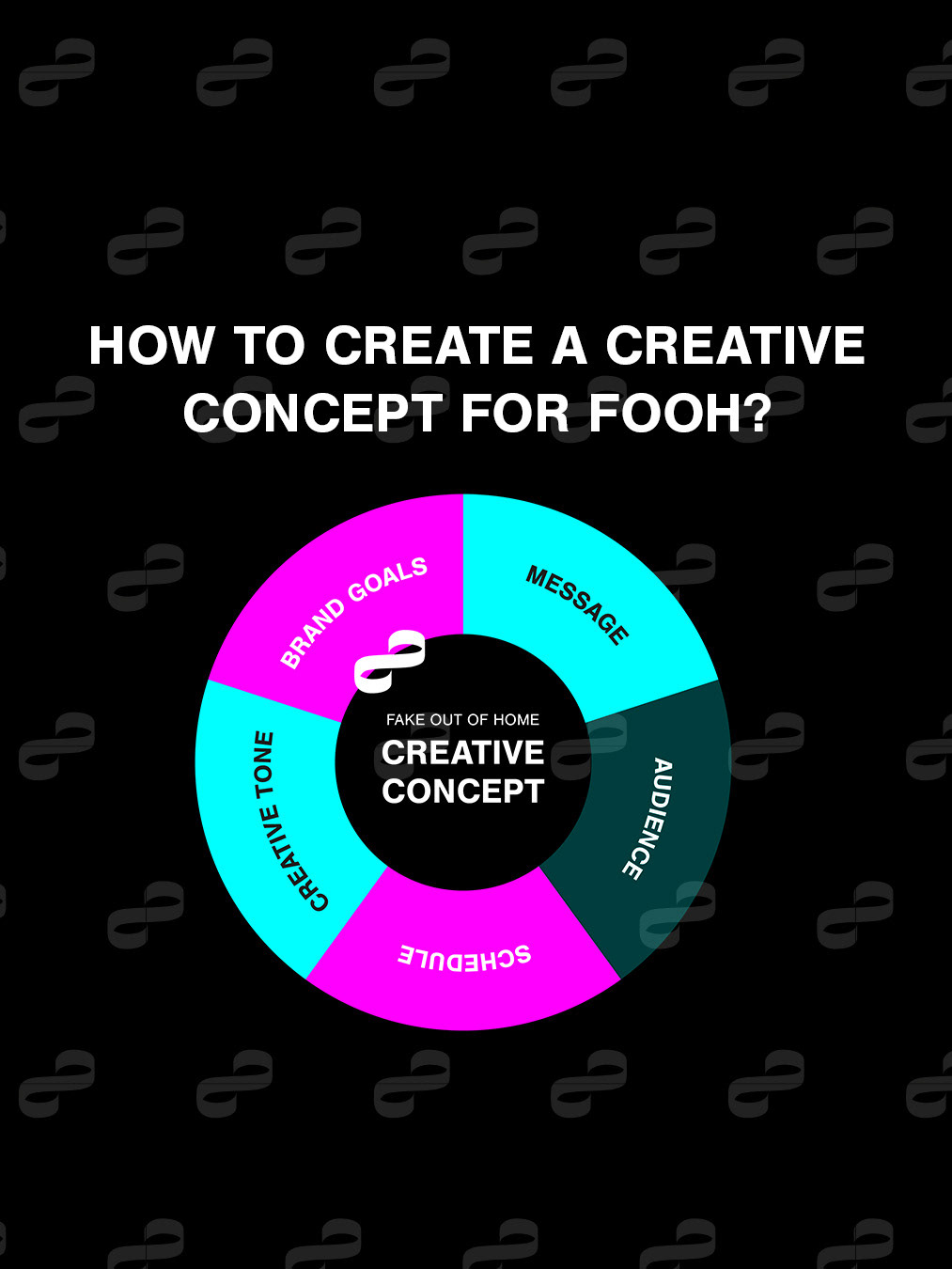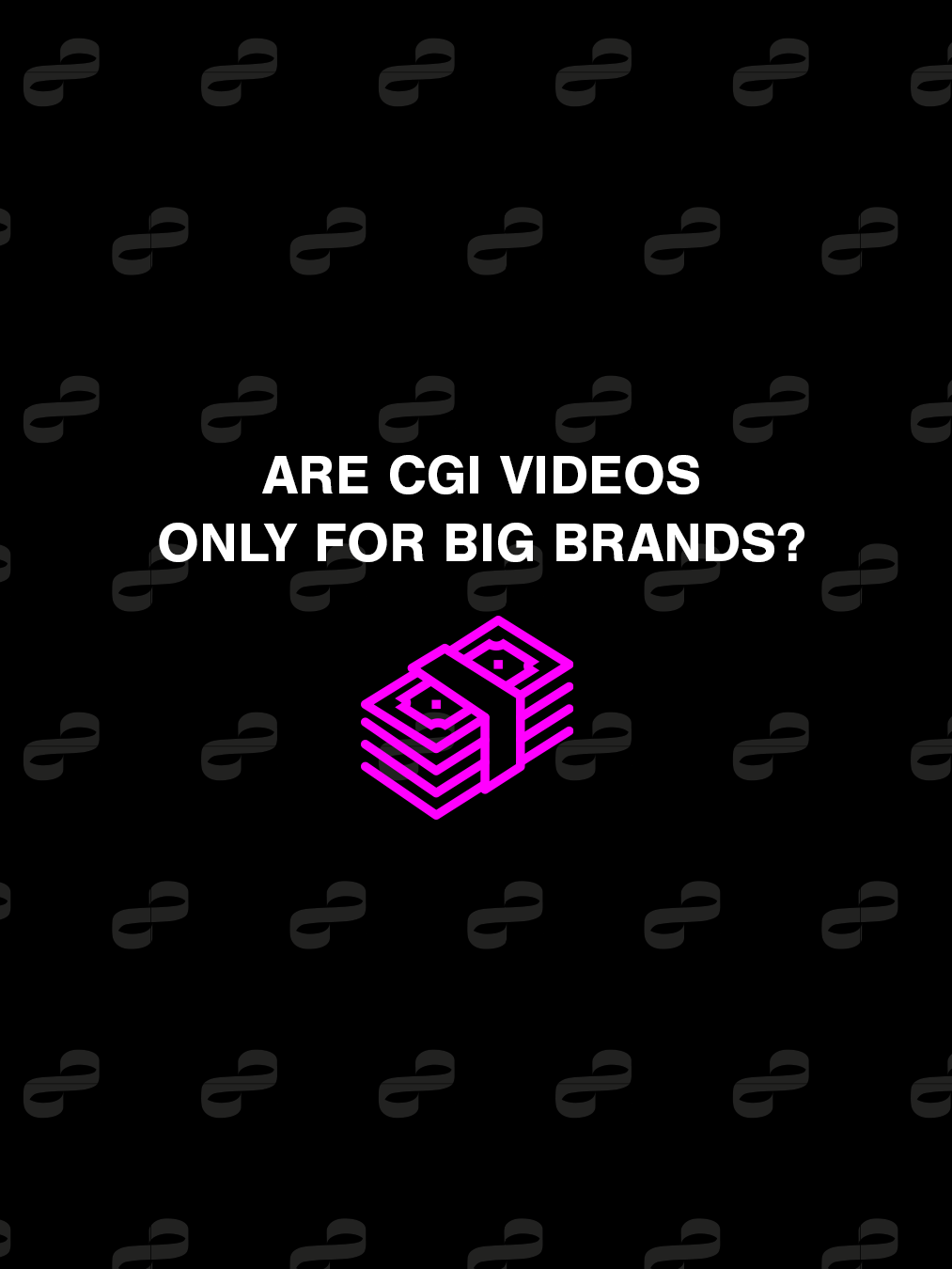In the world of advertising, innovation is key to capturing the audience's attention. One of the latest trends is the use of Fake Out Of Home (FOOH) advertisements. These ads are designed to look incredibly realistic, often blending seamlessly with their surroundings. However, it's important to understand what these advertisements are not, as well as what they truly are.
What FOOH Advertisements Are Not
Not Fully AI Generated: While artificial intelligence plays a significant role in many modern advertising techniques, FOOH advertisements are not entirely generated by AI. Instead, they rely on a combination of traditional and digital methods to achieve their realistic appearance.
Not Augmented Reality (AR): Augmented reality involves overlaying digital content onto the real world through devices like smartphones or AR glasses. FOOH advertisements, on the other hand, do not require any special equipment to be viewed. They are designed to be seen with the naked eye, blending into the environment naturally.
Not Virtual Reality (VR): Virtual reality creates a completely immersive digital environment that users can interact with through VR headsets. FOOH advertisements are not virtual reality experiences; they are designed to be viewed on screens, blending digital elements with real-world footage to create the illusion that they are part of the physical environment..
What Fake OOH Advertisements Are
Fake OOH advertisements are a clever blend of CGI (Computer-Generated Imagery) and VFX (Visual Effects) techniques. These methods are used to create highly realistic visuals that can be integrated into live footage. Here's how they work:
CGI: This involves creating digital images and animations that can be seamlessly inserted into real-world scenes. CGI allows advertisers to create stunning visuals that would be impossible or impractical to achieve with traditional methods.
VFX Techniques: Visual effects are used to enhance or alter live-action footage. By combining VFX with CGI, advertisers can create the illusion that their advertisements are part of the real world. This might involve adding digital elements to a physical billboard or creating an entirely digital billboard that looks like it's part of the urban landscape.
Mixed Reality in FOOH Advertisements
Sometimes, FOOH advertisements are referred to as Mixed Reality. This term can be suitable because Mixed Reality encompasses a blend of real and virtual worlds, where physical and digital objects coexist and interact in real-time. In the context of FOOH advertisements, the combination of CGI and VFX techniques creates a similar effect, making the digital elements appear as though they are part of the real environment. However, it's important to note that traditional Mixed Reality often involves interactive elements, whereas FOOH advertisements are typically passive visual experiences.
The result is a highly engaging and visually striking advertisement that captures the viewer's attention and imagination. By understanding what fake OOH advertisements are not, and what they truly are, we can better appreciate the creativity and technology that goes into making these innovative ads.




